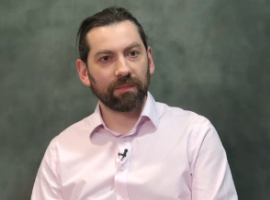InfoQ Homepage Agile Content on InfoQ
-
Stephen Thair on Enterprise DevOps and Cultural Change
Steve Thair on introducing DevOps in large organizations, the particular challenges they face (from ROI based finance models to technical debt to improving communication) and how to address them.
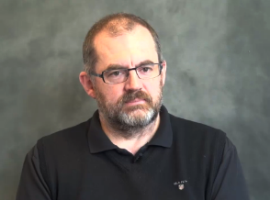
-
Improving Technical Skills and Agile Practices
Ruud Wijnands talks about things that can and do go wrong with Agile transitions, improving technical skills and practices, supporting people in learning, the value that agile can bring to organizations and giving managers more insight into the possibilities of agile, helping teams to increase their agility and what managers can do to increase the success of agile transitions.
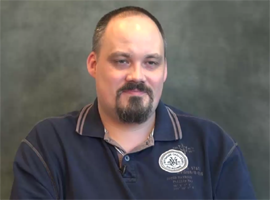
-
The Importance of Technical Practices in Agile
Tim Ottinger talks about things that can and do go wrong with Agile transitions, why facilitation matters in agile, increasing the understanding of agile, what is needed to create trust in the organization, the importance of technical practices in Agile, improving technical skills and practices and the “Taking back Agile” initiative.

-
Tony Grout and Chris Matts on Skype's Agile Transformation
Tony and Chris describe how Skype transformed their operations to adopt agile methods across 200+ teams spread over eight locations around the world. They discuss what worked, some of the challenges and share ideas that other organisations may be able to use in their own transitions.
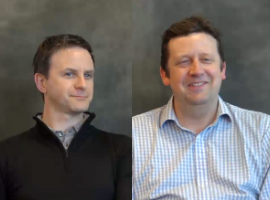
-
Rachel Davies on Whatever Happened to Being Extreme
An interview with Rachel Davies about extreme programming and agile techniques, good things that have happened since the agile manifesto was published, developments that give agile a bad name and things that can be done to prevent that people think badly about agile and start to resist it and how scrum teams can adopt more technical practices from XP.
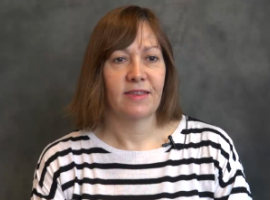
-
Enyo Kumahor on Bringing Frugal Innovation Out of Africa
Enyo Kumahor talks about how Cobat Partners helps companies in Africa to leverage technology, applying the ideas of frugal innovation and pragmatism to delivering products which make a difference to the daily lives of people in Africa, despite the constraints they must work within. She discusses how these ideas apply beyond Africa, and how IT professionals around the world can help.

-
Portia Tung on Hope as the Driver for Change and Improvement
Portia Tung works as an agile coach and shares some experience on making teams out of individuals and motivating those teams to follow a vision or reach a goal. One technique to reach a goal is to use hope as the combination of will-power and way-power. How much power do I have to follow my goals and how much creativity do I have to overcome any obstacles on my way?

-
Helen Walton and Pete Burden on Creating the Culture You Want
At QCon London Helen Walton and Pete Burden discussed what it takes to design a collaborative, agile supporting culture in an organisation, if it is possible for large organisations to actually change and what is needed to enable that change. The spoke about the Spark the Change conference and how it is a showcase of organisations that are actually working in new ways.

-
Jenni Jepsen on the Neuroscience Behind Why Agile Works
Jenni explores the neuroscience which shows why agile works, how it links to the factors that motivate people (using the SCARF model) and how leadership at every level and shows how empowering people is necessary for organisational success.

-
Frank Tino Talks About His Experience Adopting OpenSpace Agility
Frank Tino is an executive at a large software company who brought Agile to his organization using an invitational approach, instead of imposing practices on teams. He used a method called OpenSpace Agility to bring an entire enterprise into the process of experimenting with Agile principles and practices, in service to getting a rapid and lasting Agile adoption at scale.

-
Ben Linders on Retrospectives and Helping Teams Improve
Ben talks about the value of retrospectives as a technique for teams to improve their processes and achieve better outcomes through continuous improvement and ongoing learning. He says that management support is needed to enable change to be effective. He emphasizes the importance of technical as well as social practices for delivery of valuable software.

-
Matthew Skelton on DevOps and Continuous Delivery Challenges
Matthew Skelton talks about the challenges to DevOps and Continuous Delivery adoption, what's the impact of microservices in this space, how to leverage ITIL, and DevOps team topologies.
